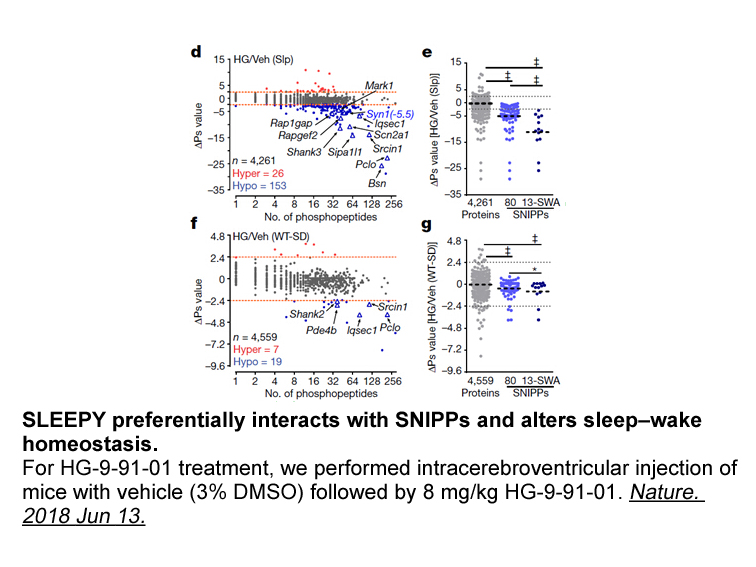Archives
Chymostatin In addition we performed Western blot analysis o
In addition, we performed Western-blot analysis of different areas of mouse brain with Chymostatin against mAck1 (Ureña et al., 2005). The data obtained showed a high rate of expression in neocortex, hippocampus, cerebellum, and brainstem (Fig. 4). More moderate levels of expression were seen in hypothalamus, striatum, and olfactory bulb. These results are in accordance with the data here presented from in situ hybridization and from previous immunocytochemistry observations (Ureña et al., 2005).
Experimental procedures
Acknowledgements
We thank G. López and Ll. Pujadas for technical assistance and helpful discussion and T. Yates for editorial assistance. This study was supported by grants from the Spanish Government’s Ministerio de Sanidad y Consumo, Instituto de Salud Carlos III, Fondo de Investigaciones Sanitarias PI042280 to JMU, and from Ministerio de Ciencia y Tecnología SAF 2004-07929 to ES and  BFI 2003-053594 to JDR.
BFI 2003-053594 to JDR.
Nephronophthisis is an autosomal recessive renal cystic disorder histologically characterised by renal fibrosis with interstitial nephritis, tubular basement membrane disruption and corticomedullary cyst formation leading to end stage renal failure , . Nephronophthisis may be associated with additional extra-renal phenotypes including retinitis pigmentosa and cerebellar vermis aplasia. Such a cerebello-oculo-renal phenotype is part  of a group of Joubert syndrome related disorders (JBTS) . Urinary concentration defects have been described in patients with NPHP, prior to the onset of renal dysfunction. This suggests a role for nephrocystin proteins in the collecting duct of the kidney .
Mutations in which are often large homozygous deletions account for the underlying genetic defect in 25% of patients with nephronophthisis . Mutations in have also been found in individuals with JBTS , , , and there is evidence of an epistatic interaction between and other JBTS genes, including and . encodes the protein nephrocystin-1, a primary cilial protein and component of the adherens junction complex . The nephrocystin-1 protein has previously been shown to interact with crk-associated substrate (p130cas alias BCAR1), nephrocystin-4, Pyk2, tensin, filamin A , filamin B and PACS-1 , , , .
Based on interaction and co-localisation studies there is evidence that nephrocystin proteins play a role both within the primary cilium and cell–cell junction complexes. For example, nephrocystin-4 colocalises with β-catenin at cell–cell contacts and the primary cilia in polarised cells . Nephrocystin-4 interacts directly with nephrocystin-1 . The localisation of nephrocystin proteins within human kidney remains unknown.
All known nephronophthisis gene products known to date are proteins that possess multiple functional domains , . A common but not universal feature is the presence of coiled coil domains, in part implicating their function as centrosomal proteins . Nephrocystin-1 is noted for containing a coiled coil domain, an SH3 domain and a conserved “nephrocystin homology domain” involved in cell–cell junction targeting of nephrocystin-1 .
Here we demonstrate that yeast-2-library screening, using the SH3 domain of nephrocystin-1 as bait, produced Act1 as a novel candidate interaction partner. This interaction was confirmed by co-immunoprecipitation. Ack1 (alias Tnk2) is an activated Cdc42-associated kinase, and known interactor of p130Cas , .
of a group of Joubert syndrome related disorders (JBTS) . Urinary concentration defects have been described in patients with NPHP, prior to the onset of renal dysfunction. This suggests a role for nephrocystin proteins in the collecting duct of the kidney .
Mutations in which are often large homozygous deletions account for the underlying genetic defect in 25% of patients with nephronophthisis . Mutations in have also been found in individuals with JBTS , , , and there is evidence of an epistatic interaction between and other JBTS genes, including and . encodes the protein nephrocystin-1, a primary cilial protein and component of the adherens junction complex . The nephrocystin-1 protein has previously been shown to interact with crk-associated substrate (p130cas alias BCAR1), nephrocystin-4, Pyk2, tensin, filamin A , filamin B and PACS-1 , , , .
Based on interaction and co-localisation studies there is evidence that nephrocystin proteins play a role both within the primary cilium and cell–cell junction complexes. For example, nephrocystin-4 colocalises with β-catenin at cell–cell contacts and the primary cilia in polarised cells . Nephrocystin-4 interacts directly with nephrocystin-1 . The localisation of nephrocystin proteins within human kidney remains unknown.
All known nephronophthisis gene products known to date are proteins that possess multiple functional domains , . A common but not universal feature is the presence of coiled coil domains, in part implicating their function as centrosomal proteins . Nephrocystin-1 is noted for containing a coiled coil domain, an SH3 domain and a conserved “nephrocystin homology domain” involved in cell–cell junction targeting of nephrocystin-1 .
Here we demonstrate that yeast-2-library screening, using the SH3 domain of nephrocystin-1 as bait, produced Act1 as a novel candidate interaction partner. This interaction was confirmed by co-immunoprecipitation. Ack1 (alias Tnk2) is an activated Cdc42-associated kinase, and known interactor of p130Cas , .
ACK1 (Activated Cdc42-associated tyrosine Kinase 1) is a non-receptor tyrosine kinase that has attracted substantial interest as a target for drug discovery research in recent years. Amplification of the ACK1 gene in primary tumors has been reported to correlate with poor prognosis. The expression of activated ACK1 in LNCaP cells dramatically promotes prostate tumorigenesis. The Ack1 inhibitor inhibits androgen receptor transcription activity. Furthermore, ACK1 is a mediator of EGF signals to Rho family GTP-binding proteins through phosphorylation and activation of guanine nucleotide exchange factors (GEFs) such as Dbl. These findings suggest that ACK1 is a potential target for developing anti-cancer therapeutics. The crystal structures of the human ACK1 kinase domains in both the unphosphorylated and phosphorylated states have been solved. In this Letter, the synthesis and SAR of two classes of ACK1 inhibitors are discussed.